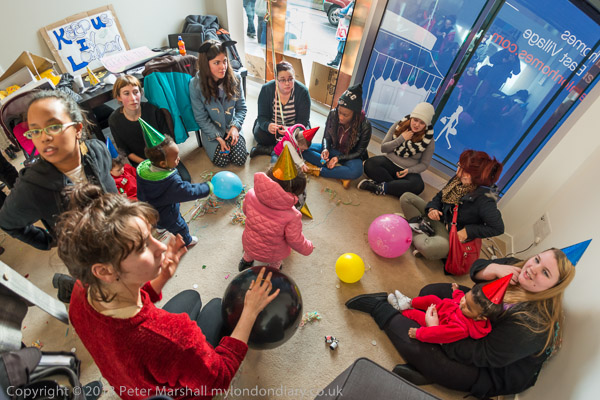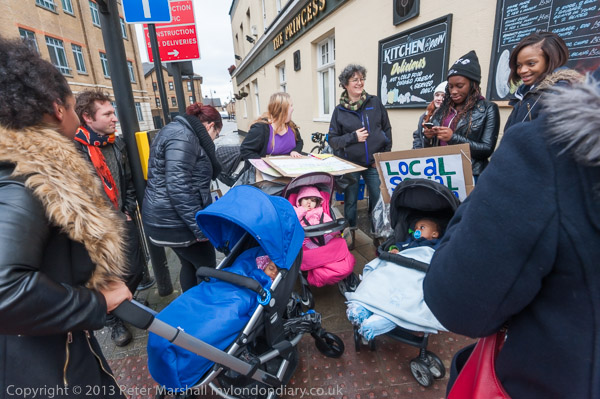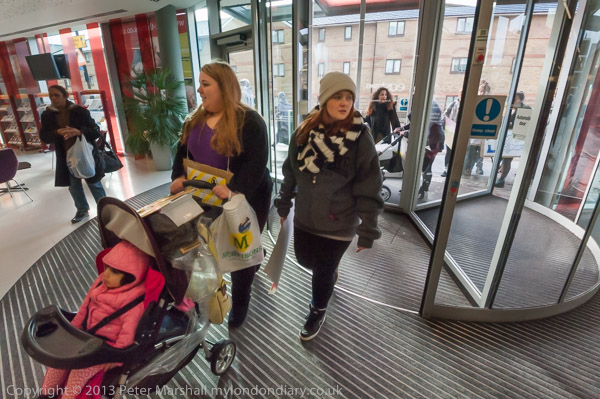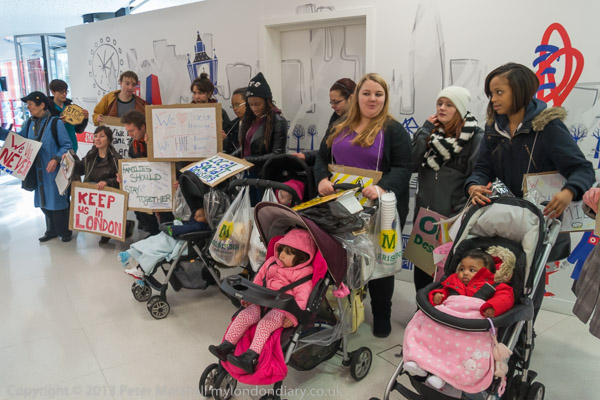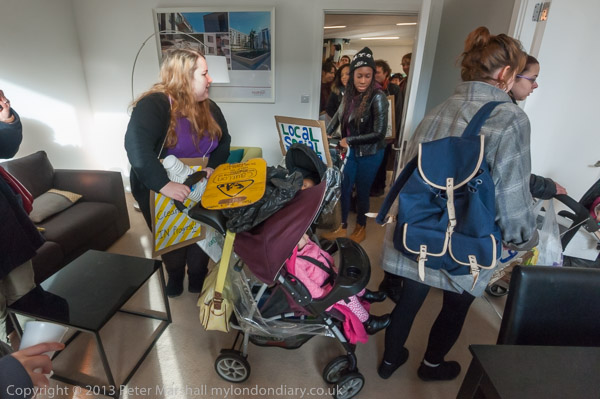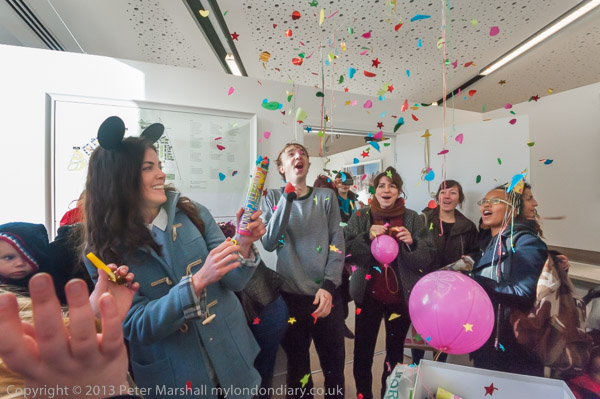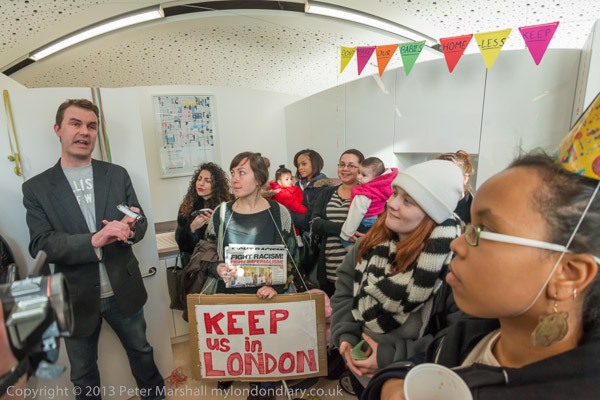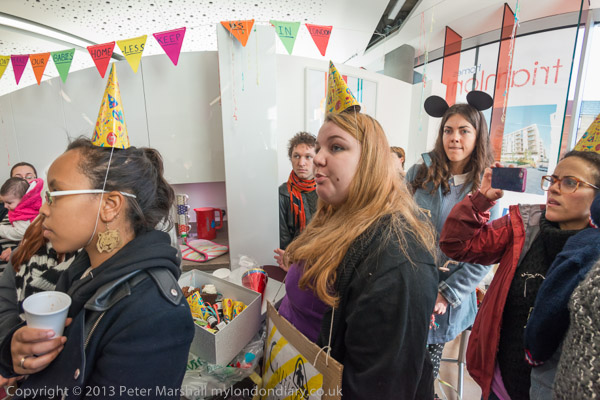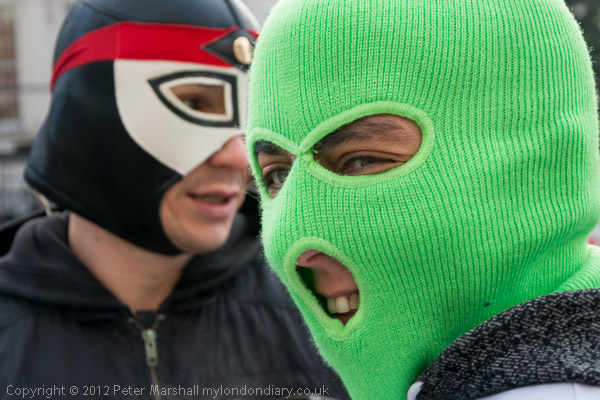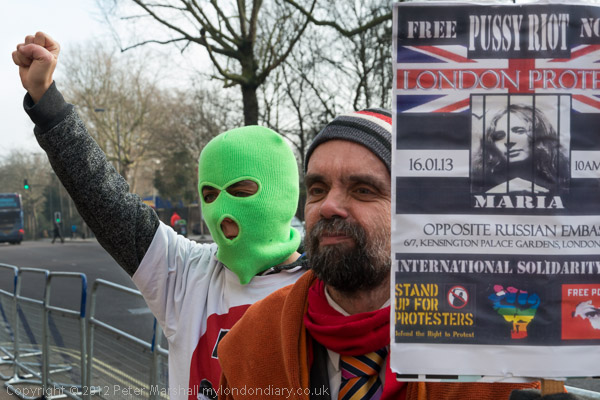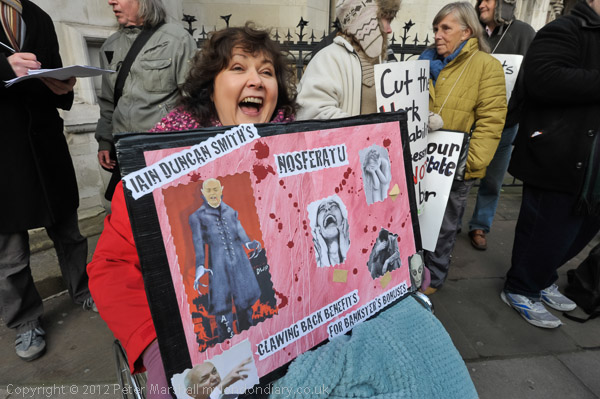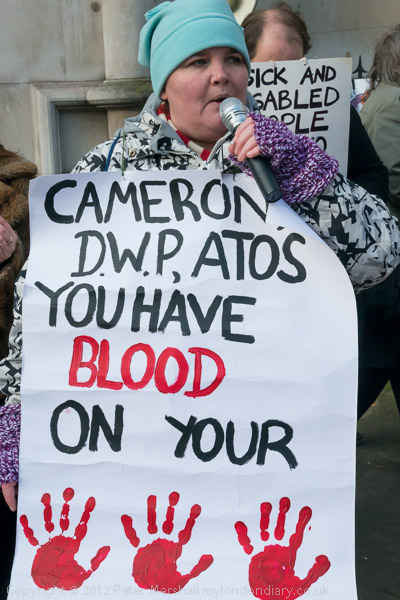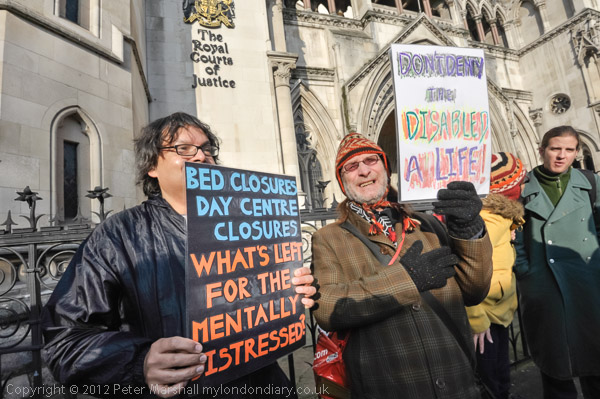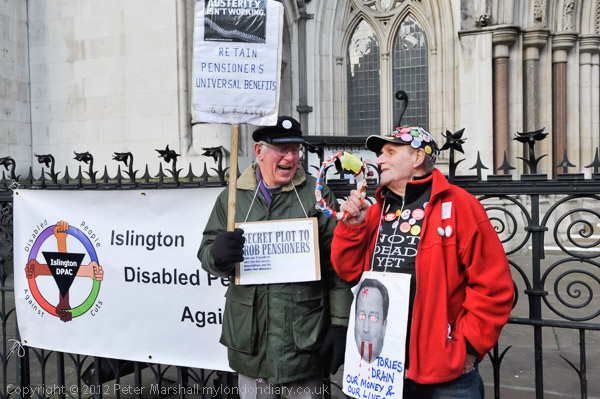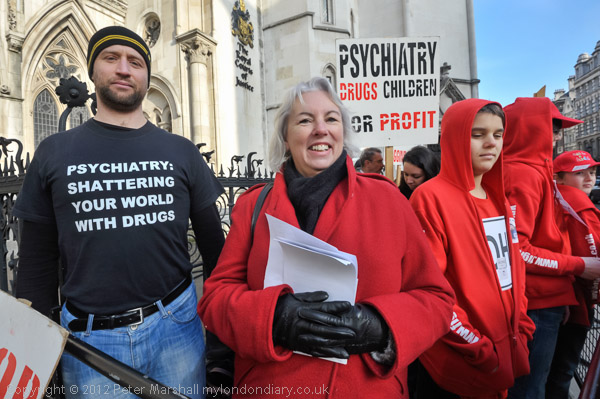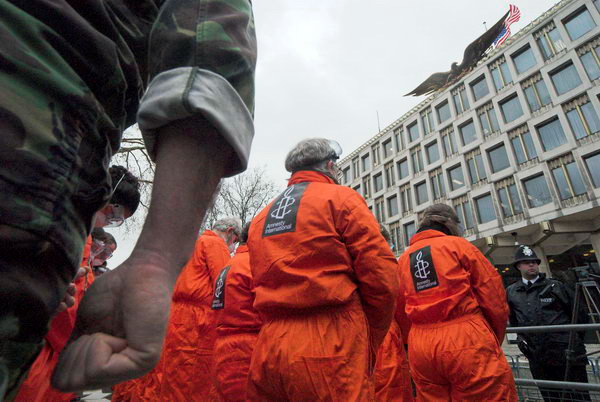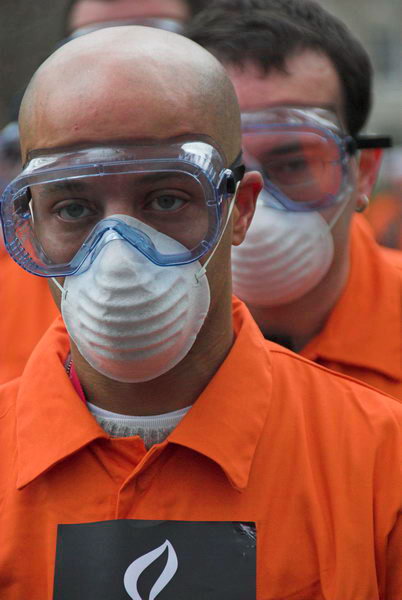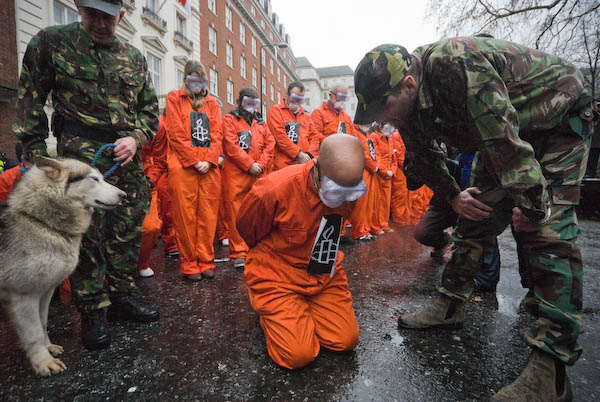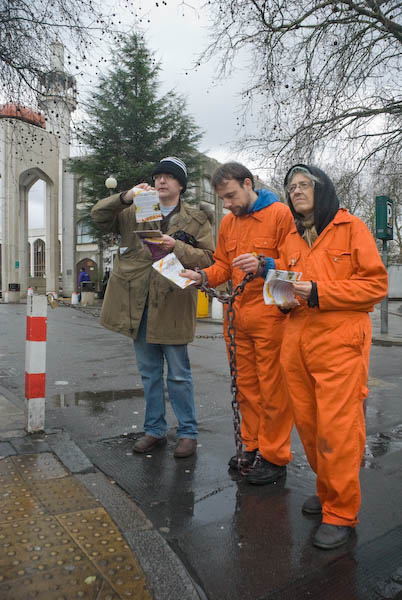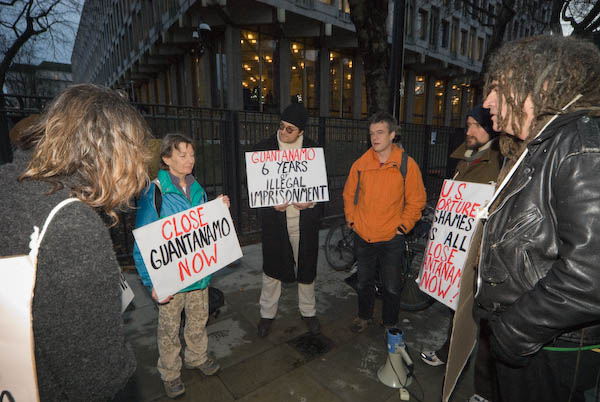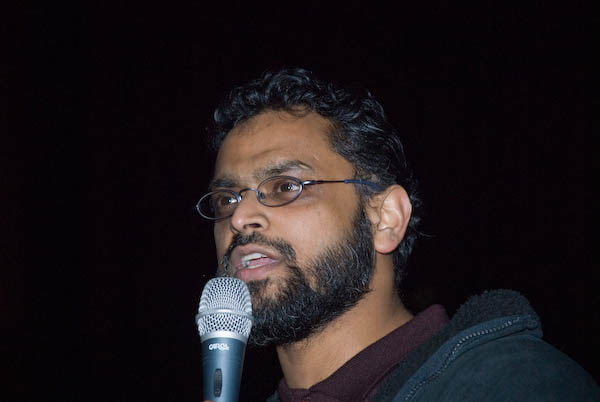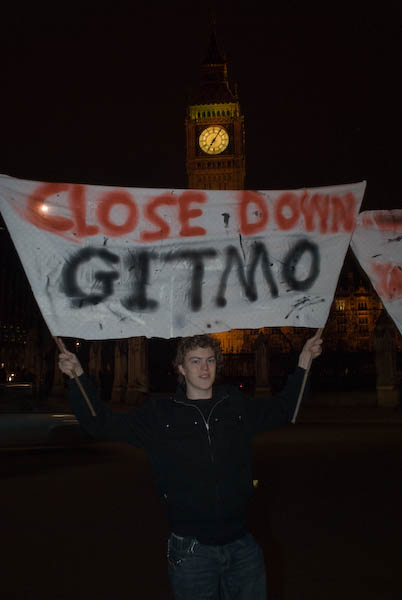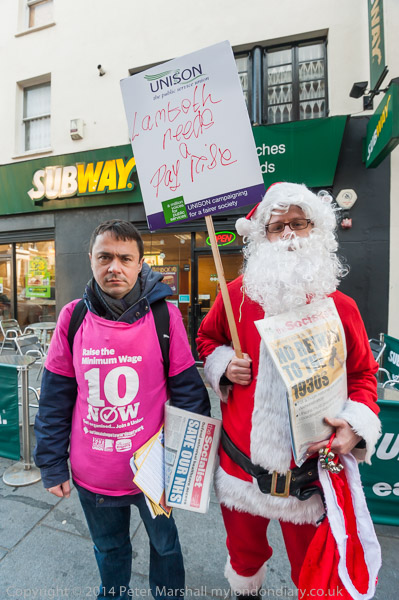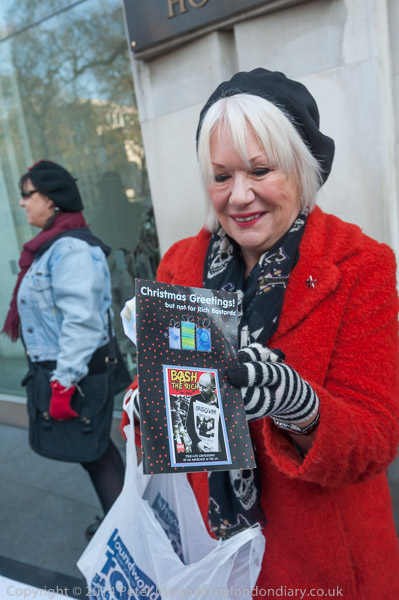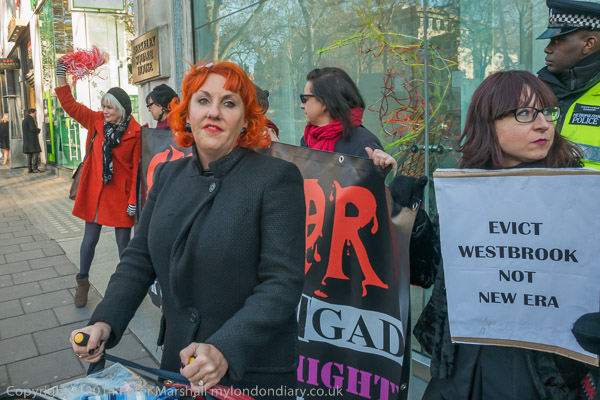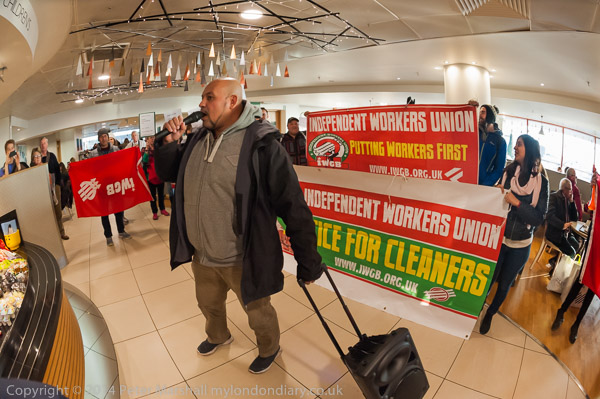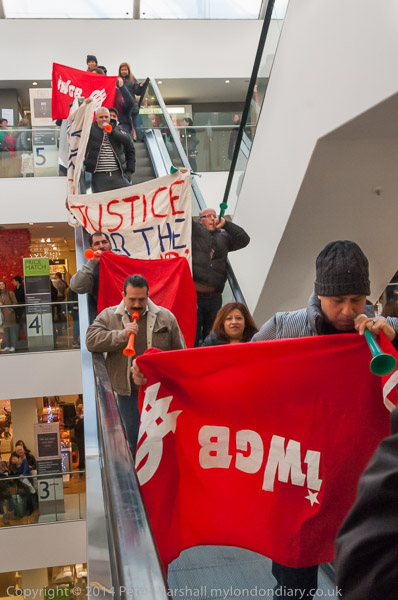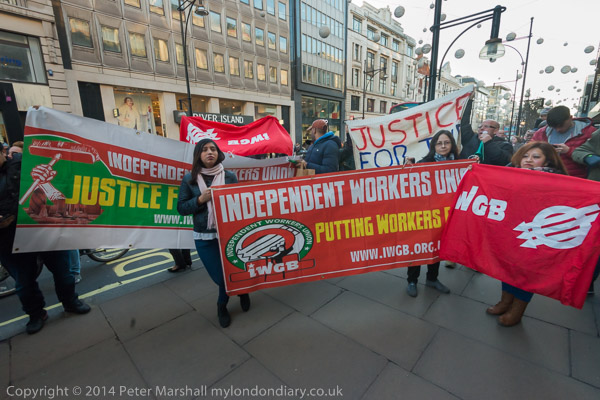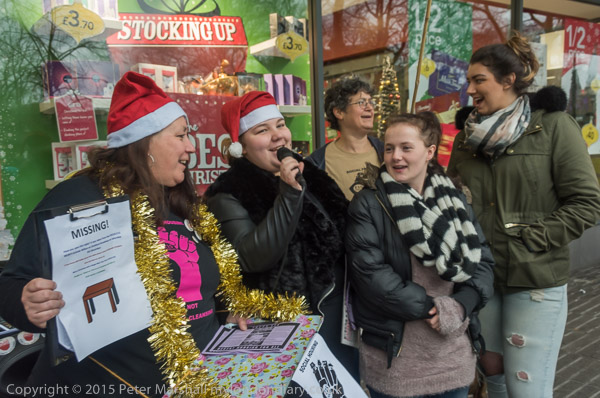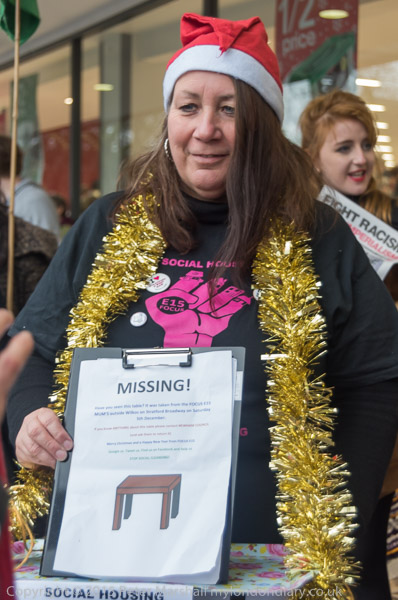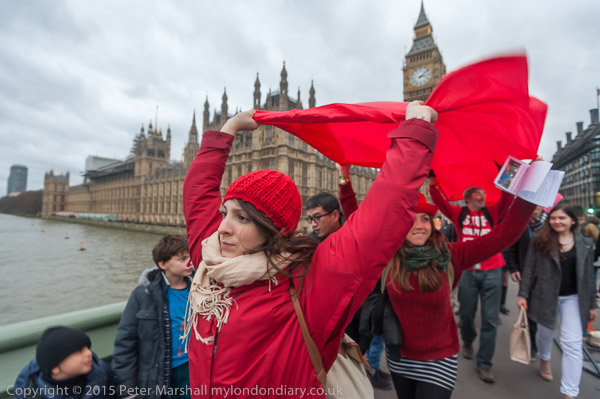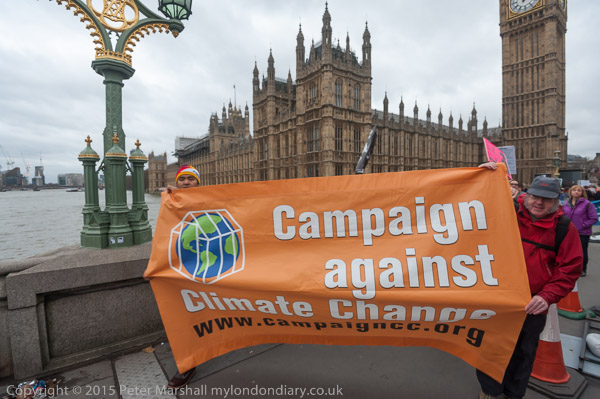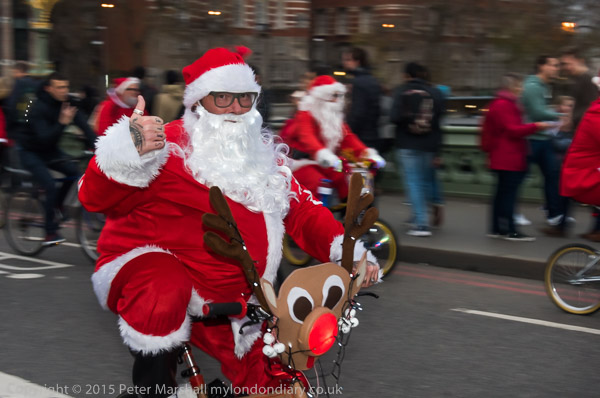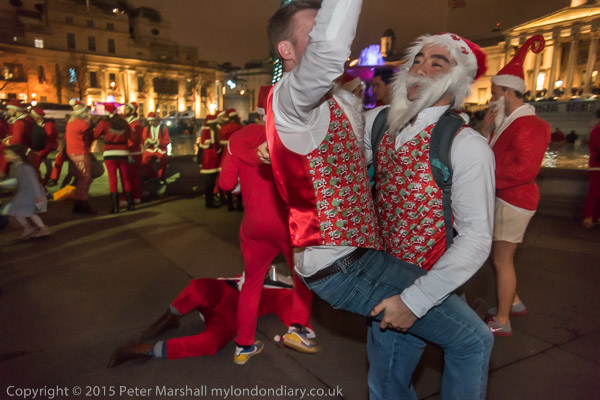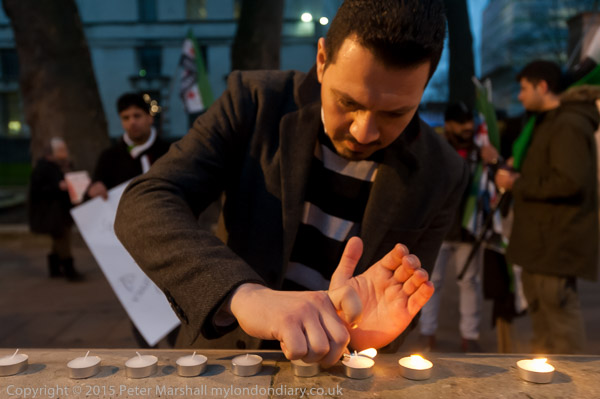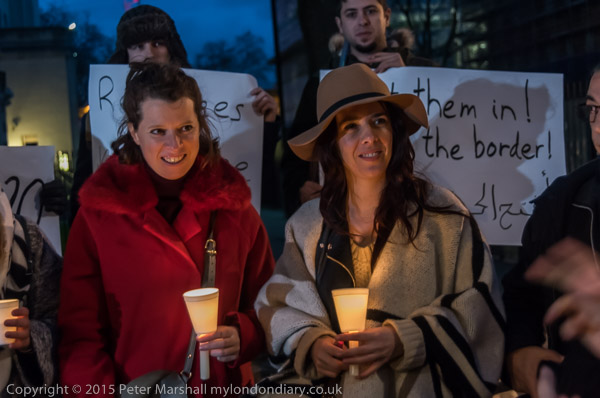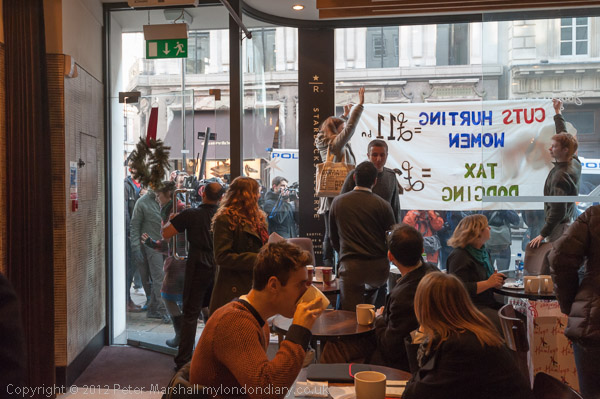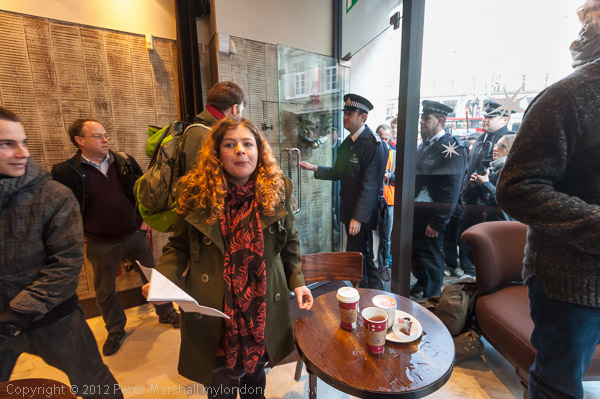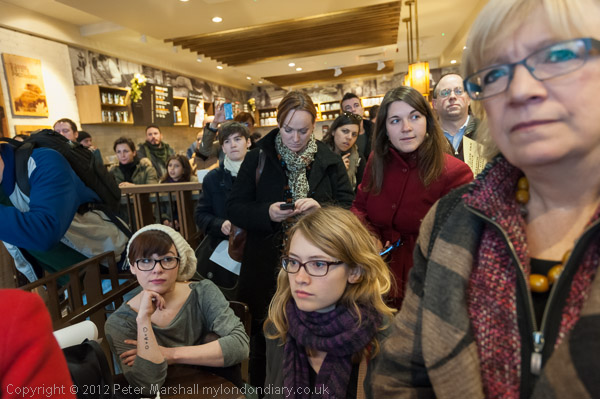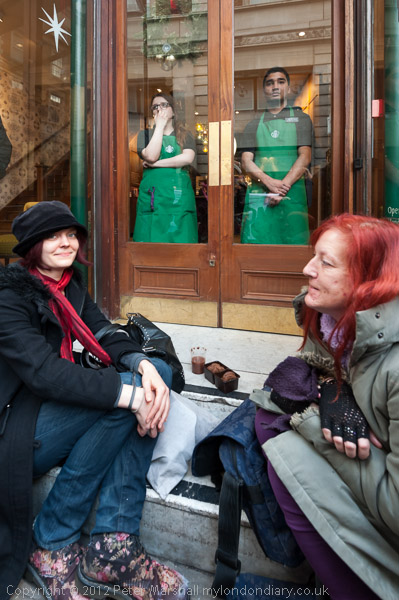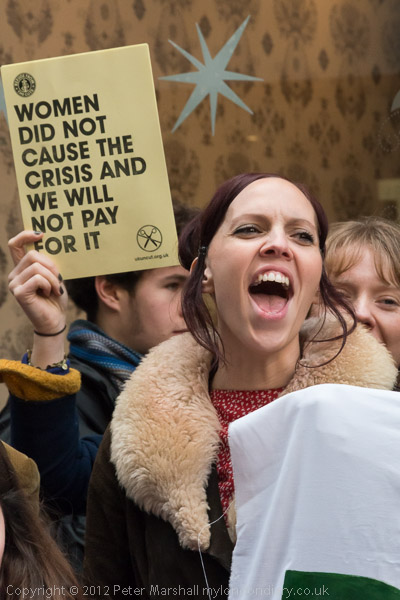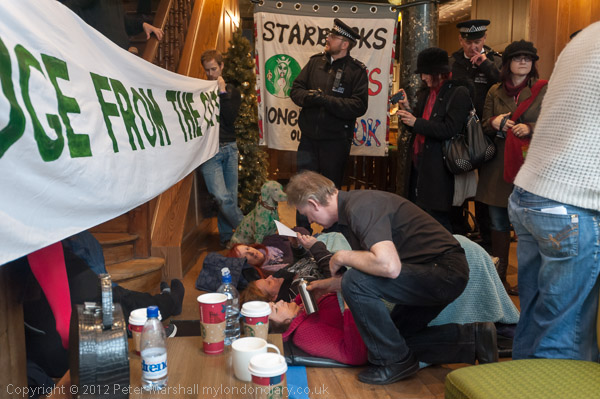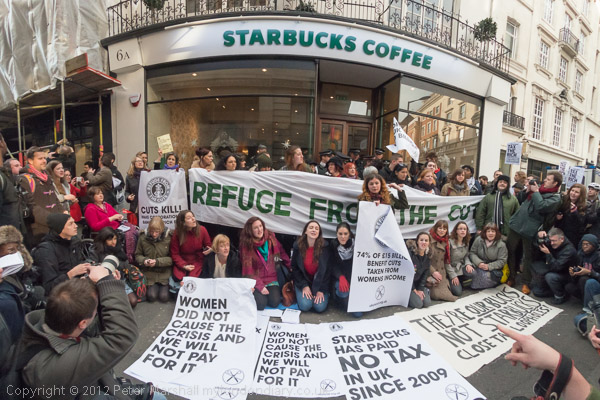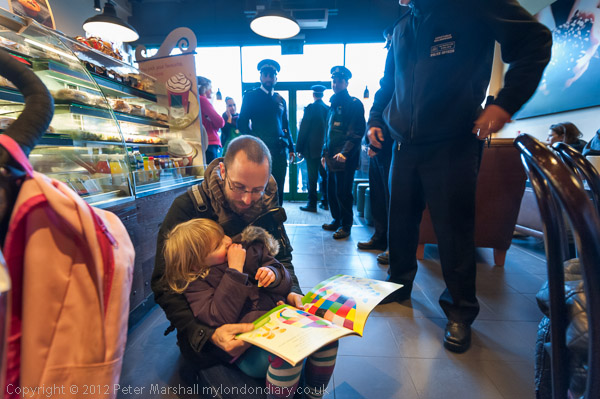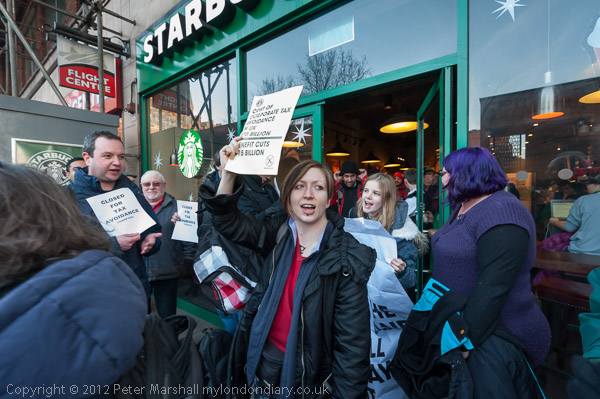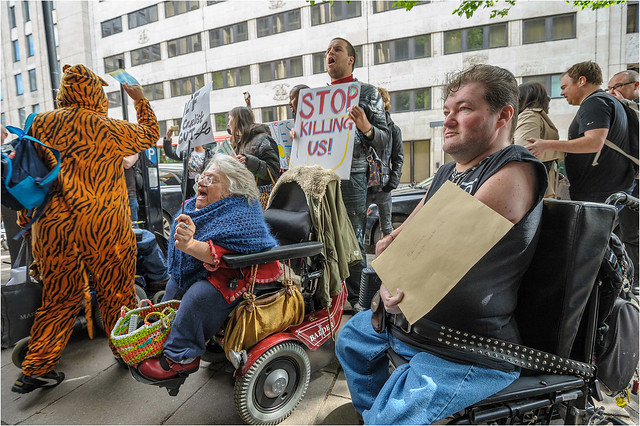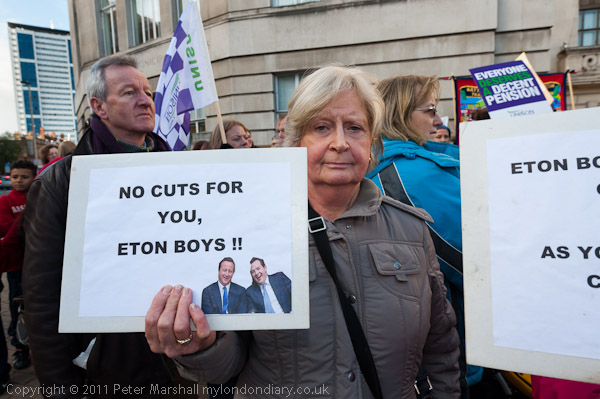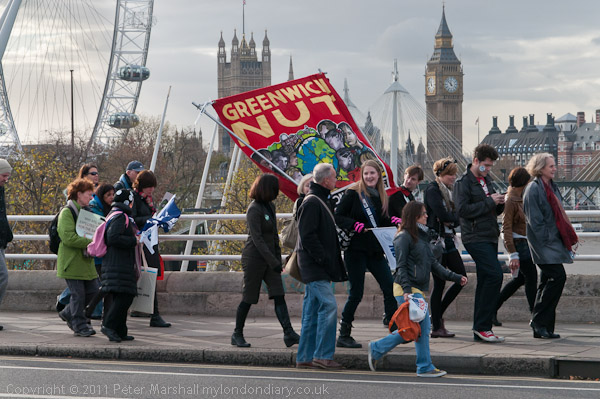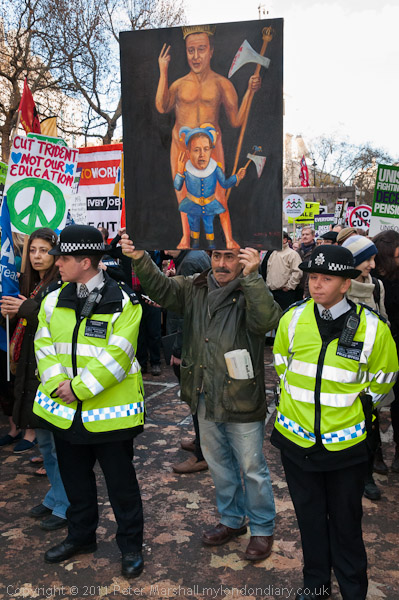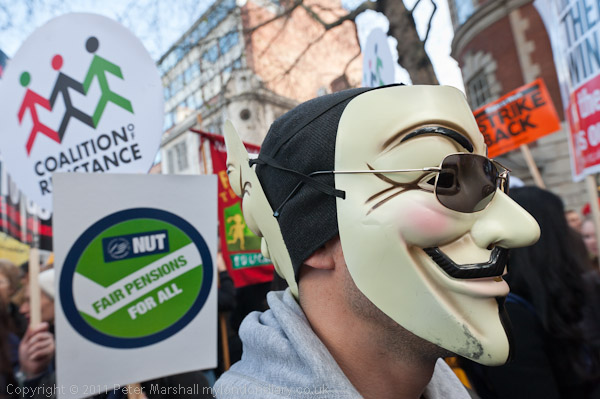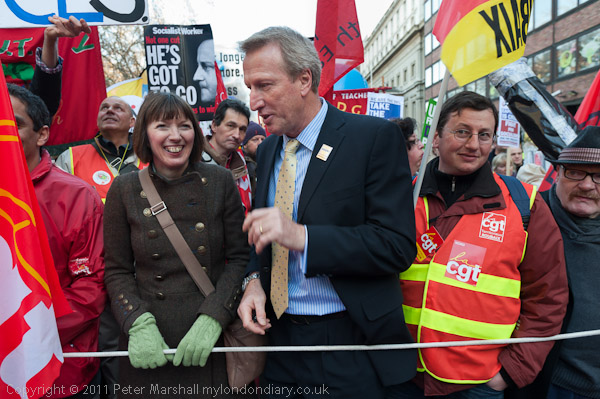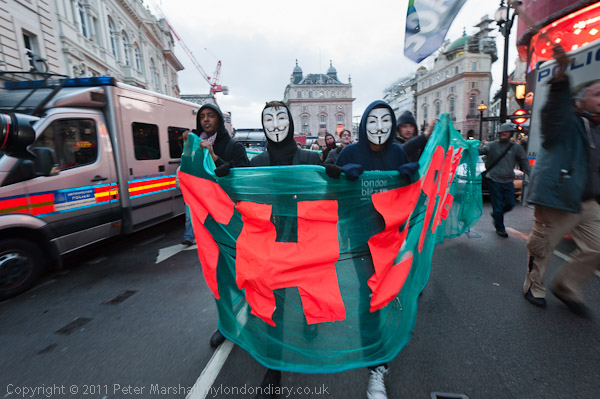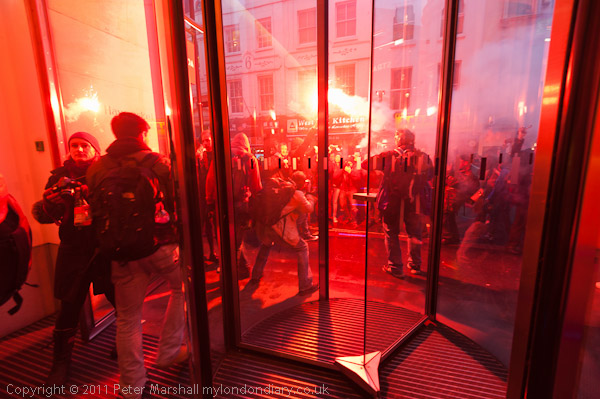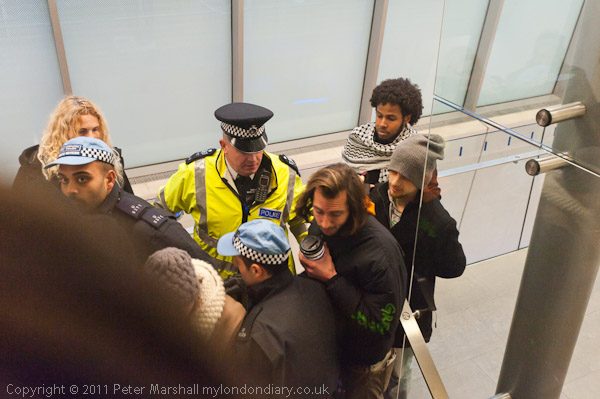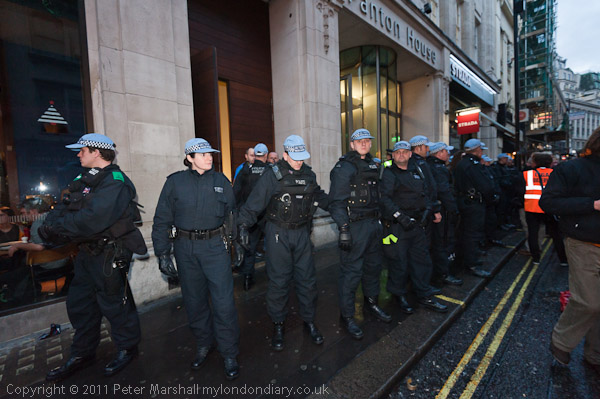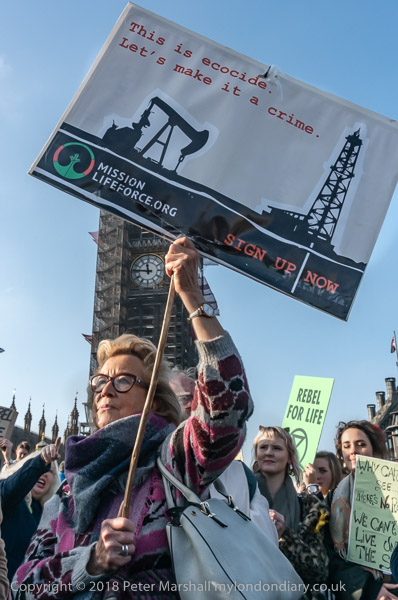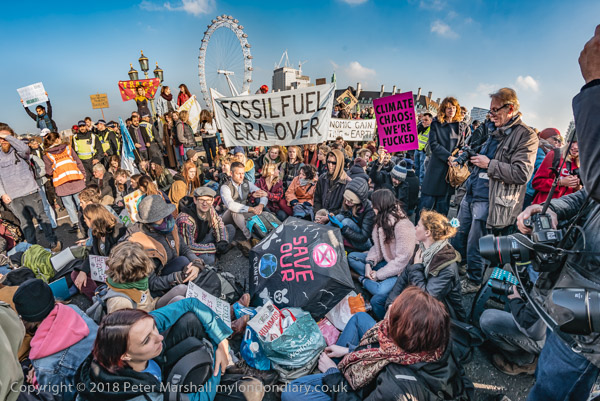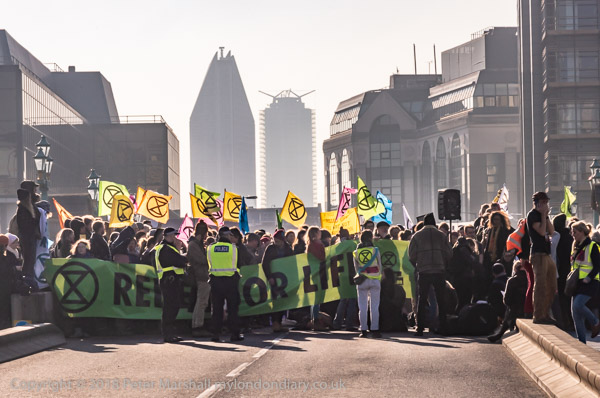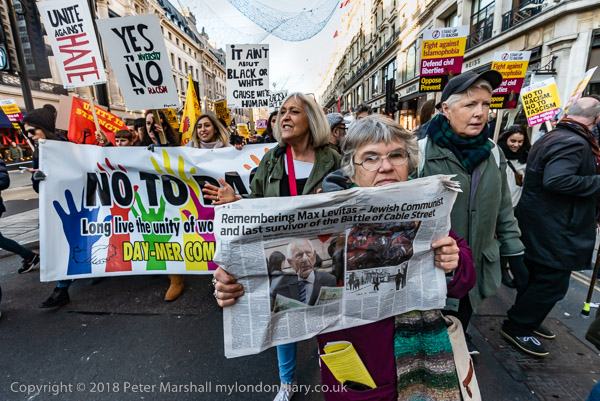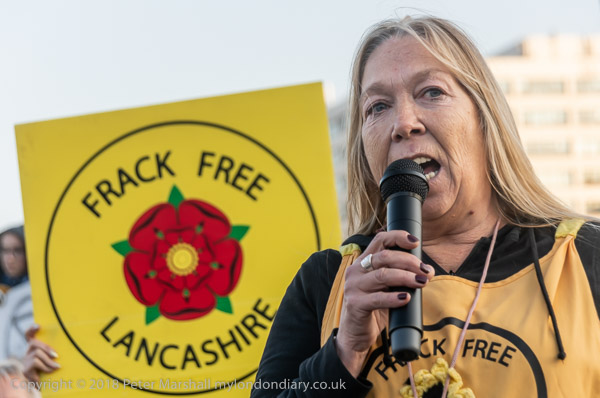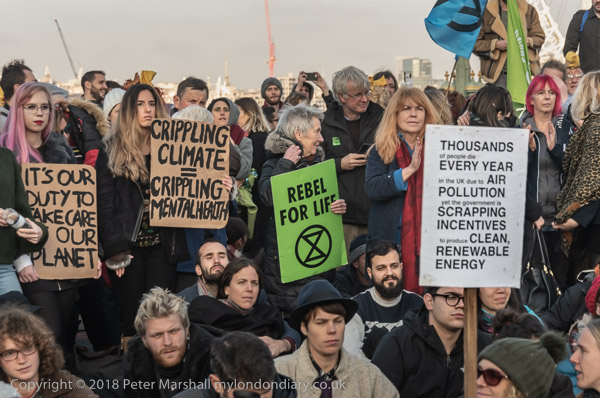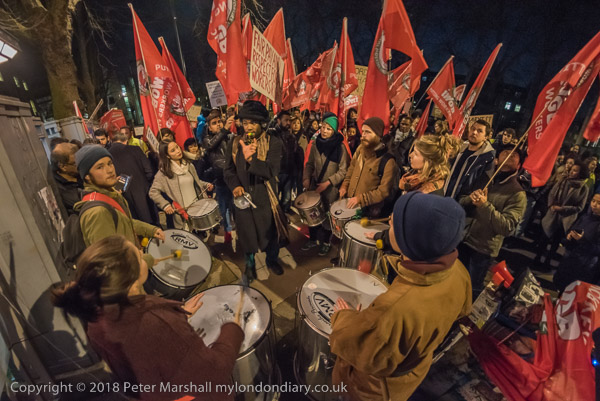
One of the reasons why the UK has suffered so badly from the corona virus has been outsourcing. Not of course the major reason, which has been government incompetence and failure to take effective action, always a case of too little too late. A year after the outbreak began it is only now considering the kind of travel restrictions that would have saved many thousands of lives (and which even one government minister has said she was arguing in favour of at the start.) Three weeks before we had the first lock-down I was getting urgent messages from relatives who were in touch with the medical advice that was going to the government that, because of my age and diabetes, I should isolate myself.
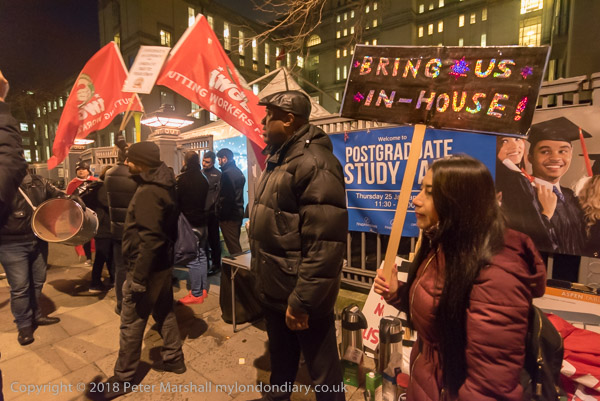
And of course there has been the failure to work properly with existing public bodies, instead preferring to give huge payments to cronies to set up an ineffectual systems for testing and tracing, to source inadequate PPE and take large consultancy fees to no particular purpose, wasting billions.
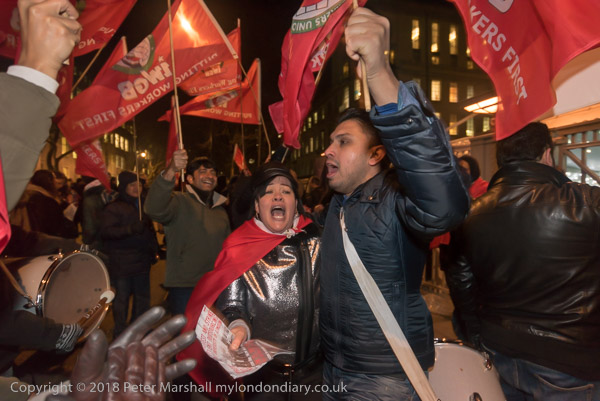
Government has deliberately promoted policies which have increased the spreading of the virus, failing to stop much unnecessary work or ensure that proper protective measures are enforced and giving offers to people to go out for meals largely in indoor settings where the spread of infection was almost inevitable. Although they now deny it, their polices were based on ideas of herd immunity, where infection gives a large proportion of the population some immunity and stops the virus spreading; for this to work, perhaps 80% of us would need to have had it, and a quick back of envelope calculation showed that would mean perhaps 400,000 deaths – and I would have been rather too likely to be one of them. It’s a figure we may still reach, though 200,000 seems more likely now – and we are over half way there.
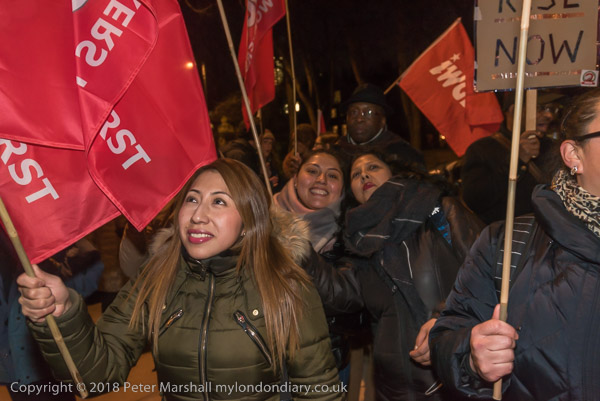
A couple of days ago on the Today programme on Radio 4 I heard Maria, a cleaner from the IWGB being interviewed. She contracted the virus, probably while travelling to work on crowded public transport, and tested positive. Before the test she had been ill at work and had asked her employer if she could go home, but had been told she had to stay. After the positive result, she had to continue to go to work, as the sick pay she would have received was simply not enough to live on.
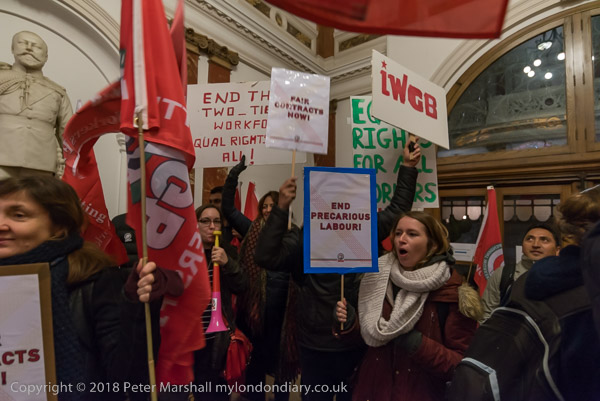
Maria is probably one of those IWGB members in the pictures I took on 25 Jan 2018, and the other pictures I’ve taken at IWGB protests against outsourcing. Outsourced workers are employed not by the company at their work place – on this occasion the University of London – but by a company that is given a contract for the services they provide. Contracts are usually awarded to the lowest bidder, and outsourcing companies cut their costs by paying low wages, giving only the statutory minimum in conditions – including sick pay, holidays, pensions etc – and often bullying the workers, demanding impossible workloads and failing to provide proper safety equipment – so that they can gain contracts and also make a profit for the company owners.
Usually too both the contractors and the workplace management refuse (often illegally) to recognise the trade unions to which the outsourced workers belong – such as the IWGB, and refuse to discuss any of the workplace issues with them. Often union members are disciplined and sacked for their union activities.
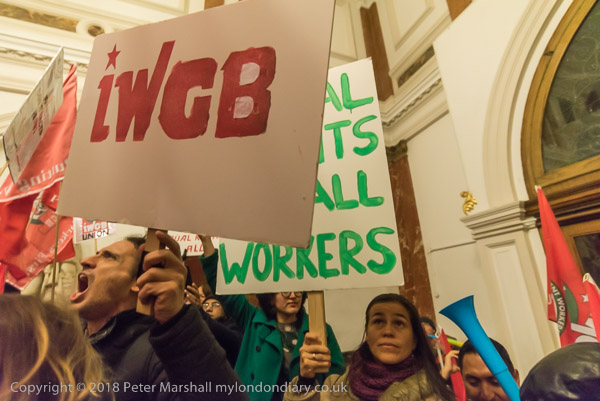
Had Maria been one of the cleaners at the various places where the IWGB have been able by organising protests like this and forcing the management to talk with them and to get the workers directly employed she would have got the kind of conditions that other workers at these places take for granted. She would have been able to call in to work when she knew she was ill and have time off, and would have been able to self-isolate after her positive corona test, as she would have been able to rely on proper sick pay.
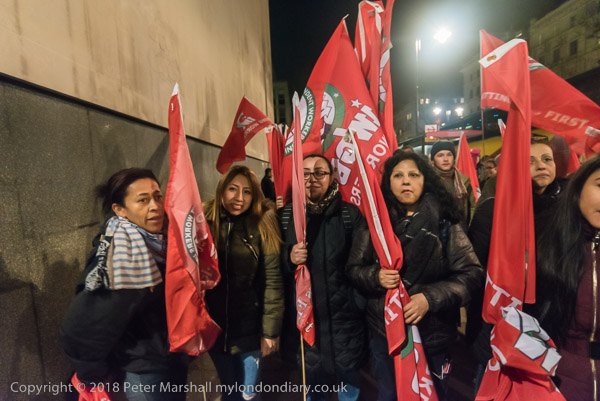
Outsourcing and other poisonous working arrangements, particularly zero hours contracts, have been a major factor in directly spreading the infection, and are a part of the reason for its increased prevalence among our black and ethnic minority communities. Low pay too has an indirect effect, leading to more crowded housing conditions. Many low paid jobs too are ones that involve considerable contact with others, and often involve travel in crowded public transport to workplaces.
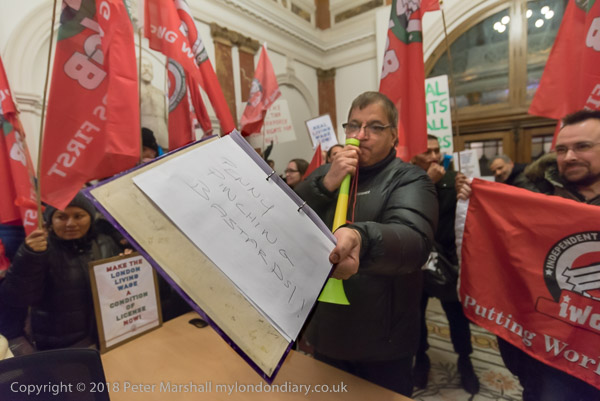
The first protest on that Thursday evening in January was calling for the University of London to directly employ the cleaners, receptionists, security officers, porters and post room staff that work in the premises that are part of the central administration, including offices and halls of residence, and took place outside the University’s Senate House. Earlier protests have persuaded the University to consider direct employment for some of these workers, but the IWGB call for all of them to be brought in-house as soon as possible. Students and some teaching staff from various colleges came to support the protest.

At the end of this protest a double-decker bus hired by the union arrived to take those present to a ‘secret location’ for a further protest and I was invited to go with them. It dropped us off around the corner from the Royal College of Music, and the protesters ran into the building. A new contractor had taken over the RCM cleaning contract and decided to halve the hours worked by cleaners and change shift times. Most of the cleaners have to work on several jobs like this to make ends meet and so were unable to change to the new hours and had been threatened with dismissal. The RCM and the contractor had refused to discuss the changes with the IWGB who had launched a collective grievance; the cleaners have balloted for strike action and the union is also considering a legal challenge under law governing the transfer of undertakings.
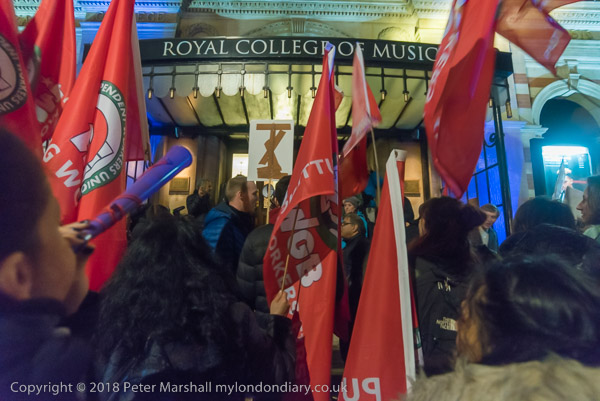
It was a short and very noisy protest inside the foyer, and the protesters who had been very careful to avoid any damage left when the police arrived after 12 minutes and continued their protest outside.
More at:
Cleaners rush into Royal College of Music
End Outsourcing at University of London
All photographs on this and my other sites, unless otherwise stated, are taken by and copyright of Peter Marshall, and are available for reproduction or can be bought as prints.
